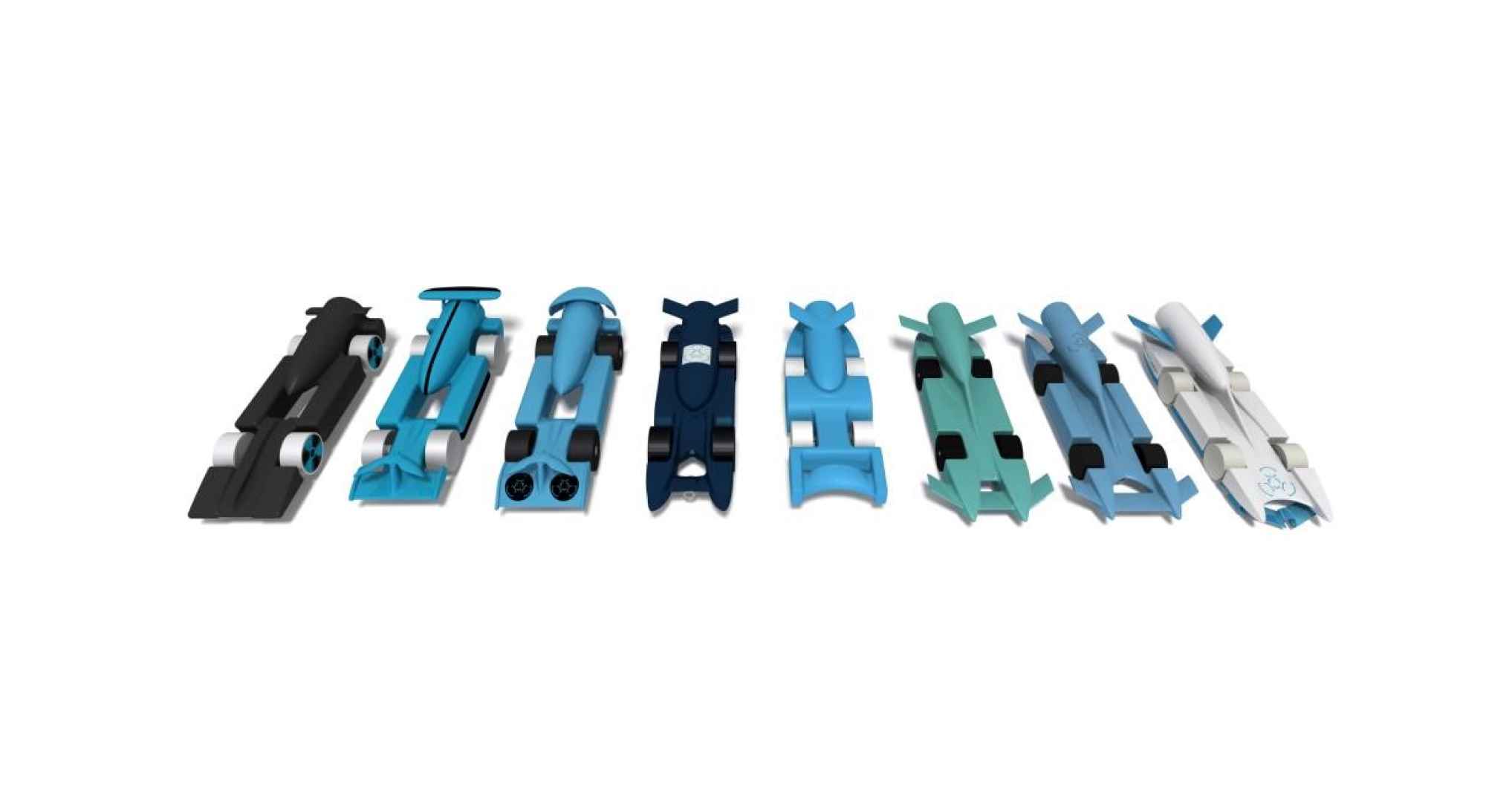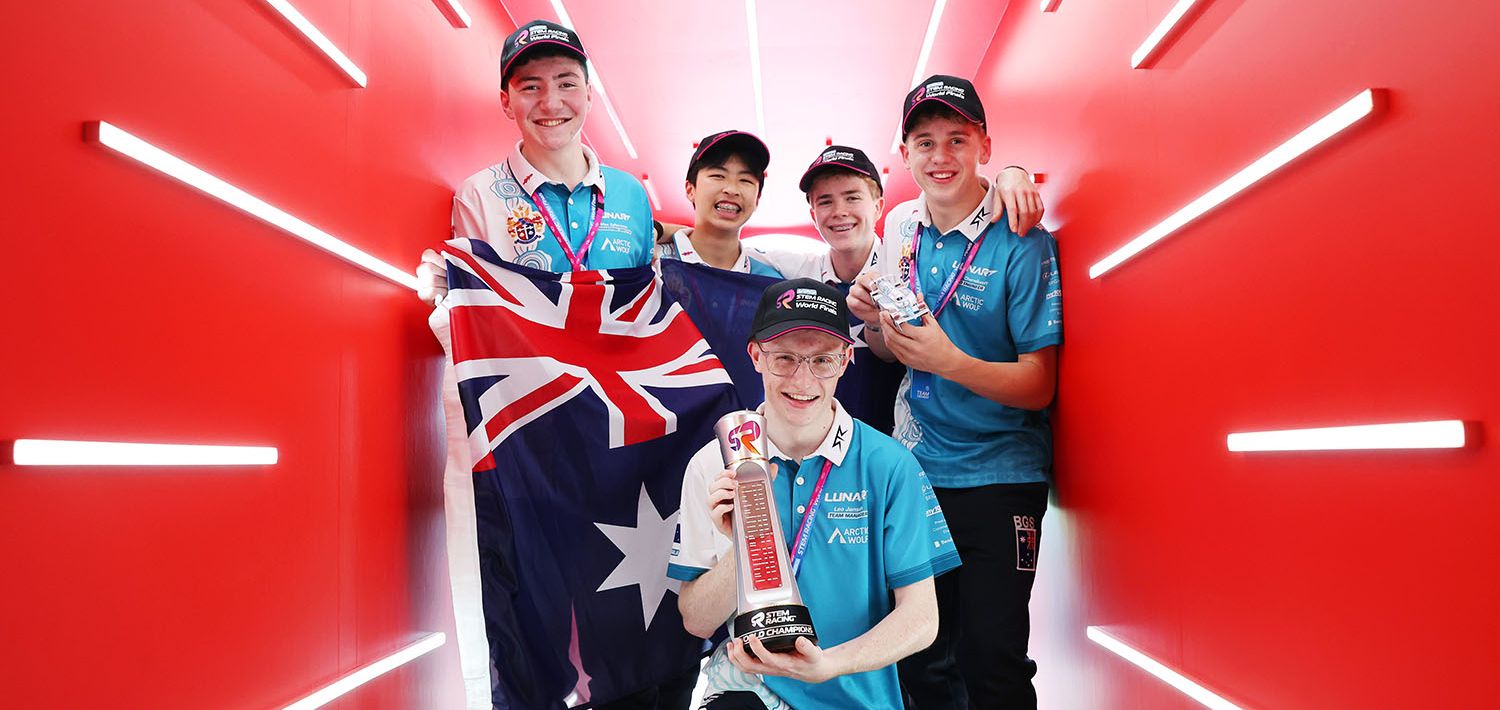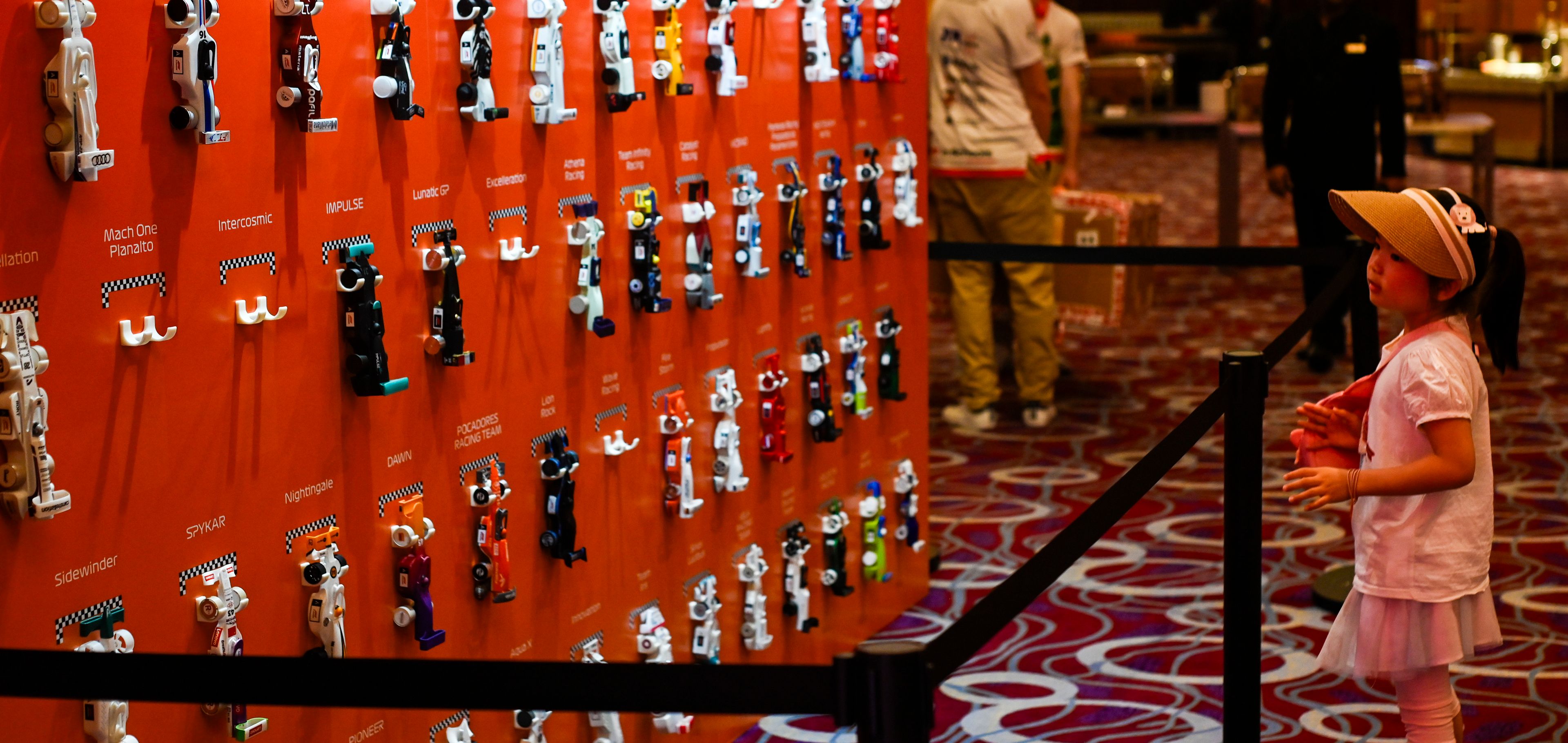Biomimicry: A good talking point or a buzzword?
It's been spoken about by teams frequently over the past few days. We take a deeper dive on biomimicry within F1 in Schools.
Jesse Stevens July 13, 2022
During the 2022 World Finals, F1 in Schools teams had the opportunity to explain their technical innovations to the hosts of the stream (Tom and Amy). One of the words repeatedly mentioned by competitors Is biomimicry, which has been utilised to various effects across the competition.
What is biomimicry?
Biomimicry is the idea of observing how natural systems and structures solve complicated problems and implementing these natural solutions to man-made designs.
Natural systems often offer higher efficiency than man-made solutions, as they have been subject to large-scale refinement over time.
Examples of biomimicry in engineering are numerous and range from aerodynamics to loading mechanics of complex engineering projects.
For examples see here.
Biomimicry in F1 in Schools
Surprisingly, biomimicry has been around in F1 in Schools since early in the competition, with both the 2011 and 2012 World Champions (Pentagliders and Cold Fusion) utilising Biomimicry in earlier prototypes in an aerodynamic capacity.
Although CFD was less accurate in the competition a decade ago, the implementation of natural aerodynamic concepts often left a lot to be desired.
Biomimicry since then has continued to play a small part in world’s car development, with Team Zero’s aerodynamic ballast in 2016 the most visually striking example I could find.
Although showing a consistent but small presence in F1 in Schools aerodynamics, biomimicry itself does not offer an inherent advantage to teams competing.
As with most engineering solutions, the concept must match the required implementation, and for F1 in Schools aerodynamics, these are highly team specific.
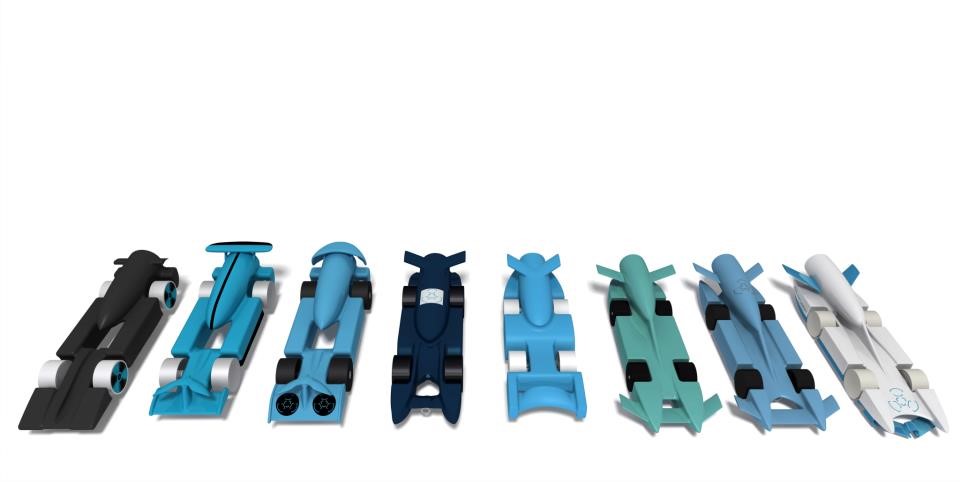
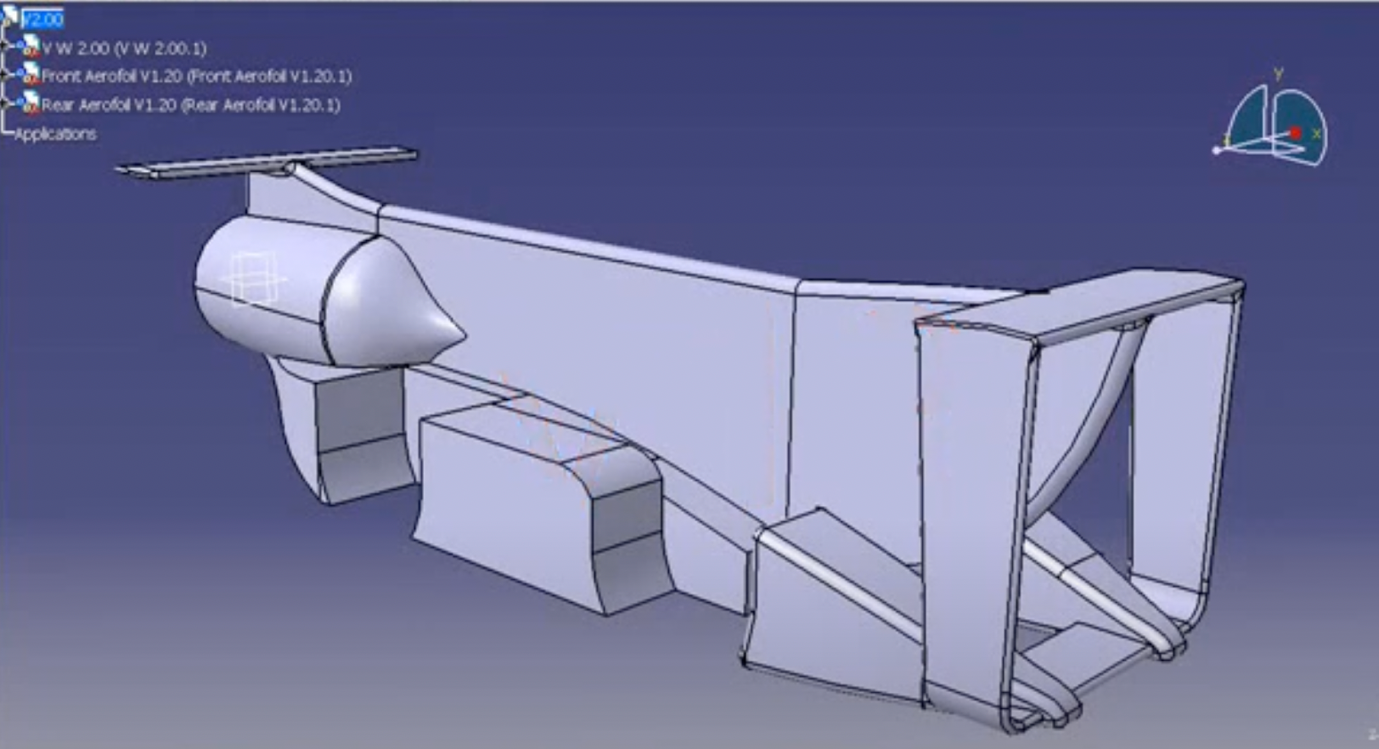
Wheel Design
Over more recent years as manufacturing technology has become more accessible, biomimicry has begun to influence wheel system development.
This year, Axion’s wheel system designs were heavily influenced by natural solutions.
In one of their prototypes, they sought inspiration from the honeycomb structures in a bee’s nest, and their final design prototype utilises a similar structure to the growing pattern of a sunflower.
I am led to believe that more utilisation of biomimicry in wheel system designs in the future will be tried and applied.
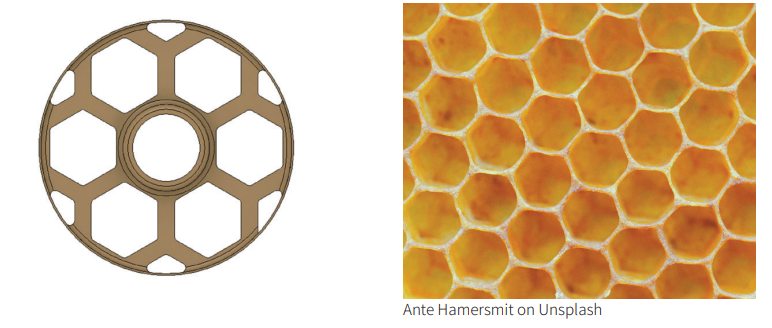
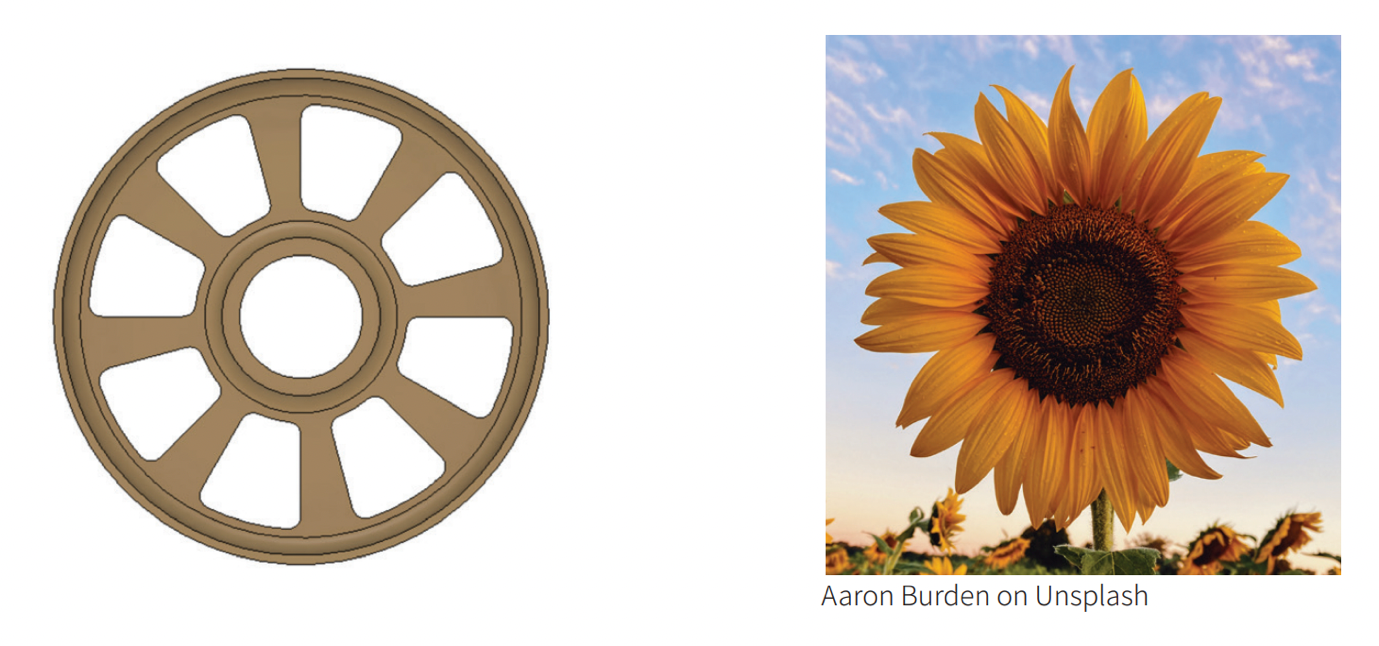
Jesse Stevens is an Australia correspondent. He was the Design Engineer for the F1 in Schools World Record Holders, Infinitude.
Latest News
World Finals 2025
Australian team Lunar crowned 2025 STEM Racing World Champions in Singapore
The team becomes the eighth from Australia to win the STEM Racing (formerly F1 in Schools) World Championship.
News
STEM Racing to be the new name of F1 in Schools
The competition is set to rebrand to STEM Racing, Formula 1 has announced.
WORLD FINALS 2023
The History of F1 in Schools Cars
F1 in Schools has been running for over 15 years now and with the 2023 Aramco F1 in Schools World Finals having just finished, why don't we look at th...
